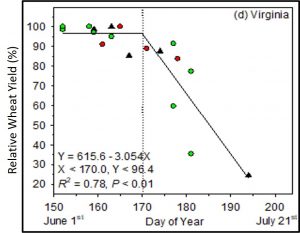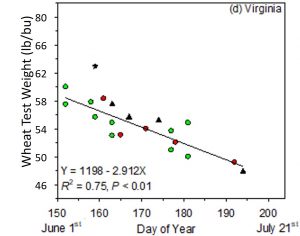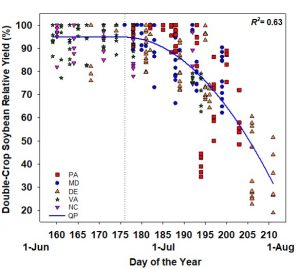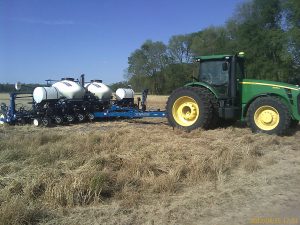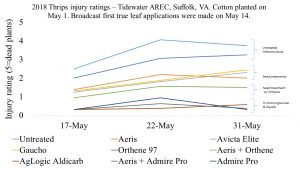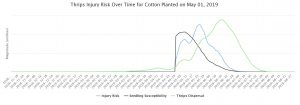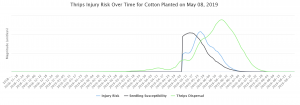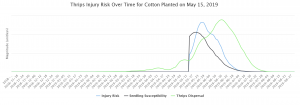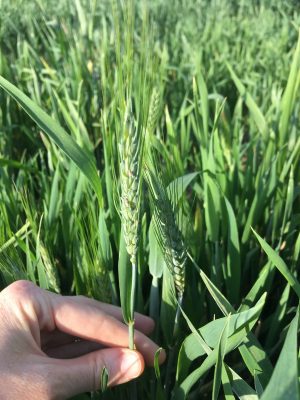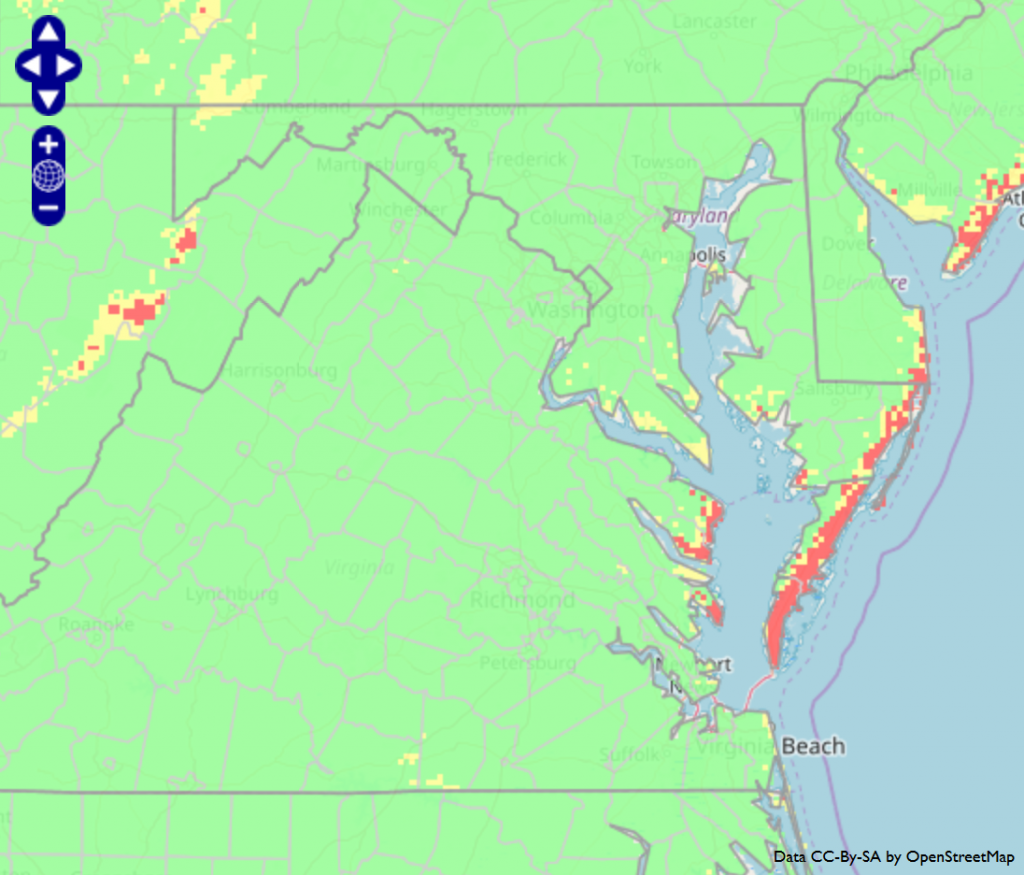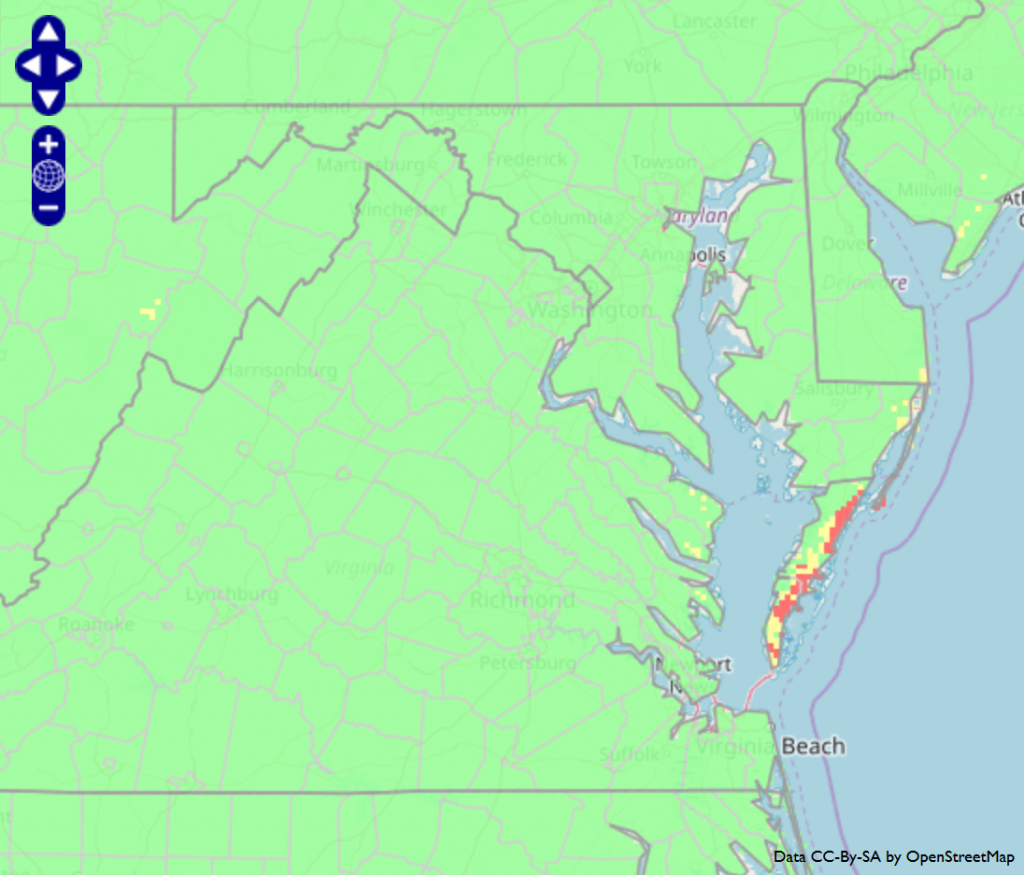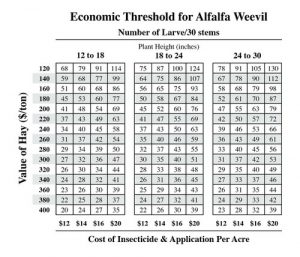Virginia cotton fields are a mixed bag when it comes to plant bug infestations this week – some fields will require sprays and most will not. The only way to know what is in your field is to look in your field. It is time to scout when cotton starts squaring.
Spray cotton for plant bugs when square retention drops below 80% and you capture 8 or more plant bugs per 100 sweeps. Inevitably, there will be fields where bug numbers exceed threshold and square retention is >80%. In this case, I favor spraying to prevent bugs from reproducing in the field, but only if numbers exceed threshold.
As far as I’m concerned, all Virginia cotton fields are at risk for plant bugs. This animal has over 200 known hosts and you will find one in any field if you look hard enough. There are fields that are predisposed to higher populations. These field, in general, are:
- In Eastern cotton growing counties. Plant bugs populations benefit from warmer low temperatures. Abundant water in the landscape contributes to warmer lows and cooler highs.
- Near corn or double crop wheat/soybeans.
- In areas with high deforestation and new growth forests.
Results from our 2018 survey are below. Note that infestations cluster in the eastern region. However, fields in all regions are at risk.
I recommend a neonicotinoid insecticide pre-bloom. This class includes Belay, Centric, and Admire Pro. There is a lot of debate on using Admire Pro. In field tests, sometimes it is as good as Centric/Belay and sometimes it is not. This is why I recommend Centric or Belay. However, spraying Admire Pro will be better than not treating if you are over threshold. If you are not over threshold, do not spray any product. You will put yourself at high risk for infestations. This cannot be overstated.
As always, call me with your questions and concerns. If you do not know how to sample for plant bugs, I will show you. My program has beat sheets for you – free of charge. We will be distributing them at scouting clinics and field days this summer. If you need one before then, please stop by the Tidewater AREC. Please thank your sales reps from Corteva, BASF, FMC, Amana, and Bayer for funding this program. Cotton Inc. and the Virginia Cotton Board also generously provided support. Please thank Seth Dorman and his awesome plant bug scouting crew for generating data specific to our region.



